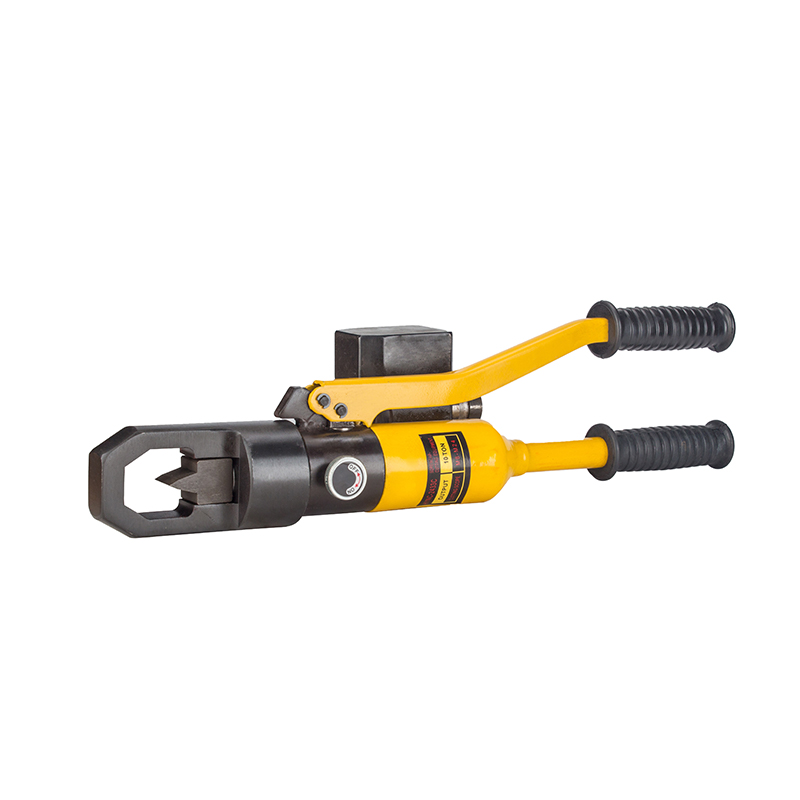


In mechanical maintenance, repair work, and industrial operations, removing corroded or overtightened nuts can often be a challenge. When conventional tools fail, a manual nut breaker becomes a practical solution. This tool is specifically designed to split and remove stubborn nuts without harming the threaded bolt underneath. A common concern, however, is whether this tool is limited to specific fastener types or if it can be applied to a broader range of nuts.
A manual nut breaker works by applying direct pressure to the surface of the nut through a hardened steel blade. The user tightens a screw mechanism by hand, and the blade gradually cuts into the nut until it cracks and splits open. Unlike powered tools, this manual method offers better control in confined or sensitive environments.
In terms of compatibility, a manual nut breaker is indeed capable of handling various types of nuts. The tool is commonly used on hex nuts, which are the standard shape for fasteners in mechanical assemblies. These include nuts made of materials such as mild steel, aluminum, and brass. Many manual nut breaker models also support a range of nut sizes. With adjustable jaws or interchangeable heads, the same tool can be used on different diameter nuts, depending on the design of the breaker.

However, the ability of a manual nut breaker to cut through a nut depends largely on the material hardness. Softer metals such as aluminum or brass are easier to break using a manual tool. In contrast, high-strength or heat-treated steel nuts may not be as easy to crack, and attempting to break them using a standard manual nut breaker could damage the tool or require additional force beyond what the tool is designed to handle. In such cases, selecting a heavy-duty model may be more appropriate.
Another consideration is the environment where the nut is located. A manual nut breaker requires enough clearance around the nut to position the tool properly. If the nut is recessed or obstructed by nearby parts, the tool may not fit or operate effectively. This makes it important to assess accessibility before choosing to use this type of tool.
The shape and finish of the nut also play a role. While most manual nut breaker designs are intended for standard hex shapes, irregularly shaped or specialty nuts might not align properly with the blade. Additionally, coated or painted nuts can be split, but the finish may flake off during the process. While this typically doesn’t affect the breaking function, users should be aware of any contamination risks in clean environments.
For maintenance teams, a manual nut breaker provides an effective solution when a nut becomes frozen due to rust, paint, or over-torqueing. It allows technicians to remove the nut without relying on cutting wheels or torches, which may introduce heat or sparks—something undesirable in flammable or sensitive environments.
In conclusion, a manual nut breaker is a versatile and effective hand tool suitable for different types of nuts, especially when dealing with corrosion, over-tightening, or restricted access. As long as the nut fits the tool’s operational range and material limitations, the manual nut breaker can be a reliable choice for safe and controlled removal.
Product
Plumbing Tool Crimping Tool Cable Cutter Holemaking Pump Cutting,Bending,Punching Tool Cylinder Cable Stripper Pipe Bender Angle Iron Processing Machine Other Tools

Keep In Touch
